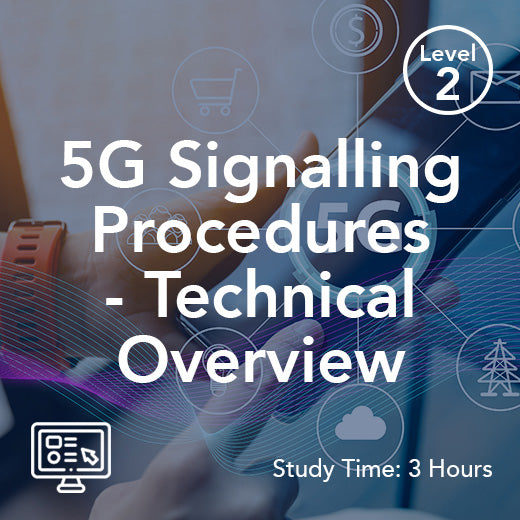What Is Network Exposure Function (Nef) In 5G?
- , by Stephanie Burrell
- 4 min reading time
Network Exposure Function (NEF) is a key component of the 5G network architecture that plays a crucial role in enabling secure and controlled access to network services and resources. NEF acts as a gateway that allows external applications and services to interact with the 5G network, providing them with the necessary information and access permissions to utilize network resources.
In simple terms, NEF acts as a bridge between the 5G network and external applications, enabling seamless communication and interaction between them. By providing a standardized interface for external applications to access network services, NEF simplifies the process of integrating new applications and services into the 5G network, making it easier for developers to create innovative and value-added services.
One of the key functions of NEF is to provide network exposure capabilities to external applications, allowing them to discover and access network services and resources. This enables developers to create applications that can leverage the capabilities of the 5G network, such as low latency, high bandwidth, and network slicing, to deliver new and enhanced services to users. NEF enables external applications to communicate with the 5G core through APIs. Additionally, NEF connects various network components and third-party applications, facilitating seamless interactions within the 5G ecosystem.
NEF also plays a crucial role in ensuring the security and privacy of network resources by enforcing access control policies and authentication mechanisms. By providing a secure and controlled access to network services, NEF helps to prevent unauthorized access and misuse of network resources, protecting the integrity and confidentiality of the network. In the context of the control plane, NEF manages user access and policy decisions crucial for efficient network operations.
Furthermore, NEF enables network operators to monetize their network resources by providing a platform for offering network services to third-party developers and partners. By exposing network capabilities through NEF, operators can create new revenue streams and business opportunities, while also fostering innovation and collaboration within the ecosystem. NEF can be deployed in various environments, including hybrid or multi-cloud settings, showcasing its adaptability in managing external applications and enhancing business experiences through seamless integration.
Overall, NEF is a critical component of the 5G network architecture that enables secure, controlled, and efficient access to network services and resources. By providing a standardized interface for external applications to interact with the network, NEF facilitates the development of innovative services and applications that leverage the full potential of the 5G network, driving growth and value creation in the digital economy.
Introduction to NEF
The Network Exposure Function (NEF) is a crucial component of the 5G network architecture, enabling secure and controlled access to network services and resources. NEF plays a vital role in facilitating the creation of new innovative services and applications by providing a standardized interface for external applications to access network capabilities. With NEF, network operators can expose their network services and capabilities to third-party developers, fostering innovation and creating new revenue streams. The NEF is responsible for managing external open network data and external applications that access internal 5G core data, ensuring the security and integrity of the network.
5G Network Architecture
The 5G network architecture is designed to provide a flexible and scalable platform for delivering a wide range of services and applications. The architecture is based on a service-based approach, where network functions are designed to be modular and reusable. The 5G core network is composed of several key components, including the Network Exposure Function (NEF), the Policy Control Function (PCF), and the Service-Based Architecture (SBA). The NEF is a key component of the 5G core network, enabling secure and controlled access to network services and resources. The 5G network architecture also supports network slicing, which allows multiple independent networks to coexist on the same physical infrastructure.
Network Slicing
Network slicing is a key feature of the 5G network architecture, enabling multiple independent networks to coexist on the same physical infrastructure. Each network slice can be customized to meet the specific needs of a particular application or service, providing a high degree of flexibility and scalability. Network slicing is achieved through the use of virtualization and software-defined networking (SDN) technologies, which enable the creation of multiple virtual networks on top of a shared physical infrastructure. The NEF plays a crucial role in network slicing, enabling the exposure of network capabilities and services to external applications and services.
Benefits for Application Developers
The Network Exposure Function (NEF) provides a range of benefits for application developers, including access to a wide range of network capabilities and services. With NEF, developers can create new innovative services and applications that leverage the capabilities of the 5G network, such as low latency and high bandwidth. The NEF also provides a standardized interface for accessing network services and capabilities, making it easier for developers to create applications that can interact with the 5G network. Additionally, the NEF enables developers to create applications that can subscribe to specific changes in the network, providing a high degree of flexibility and scalability.

































